Thirteen years ago today, the revised Broadway production of Sister Act (book by Bill and Cheri Steinkellner, lyrics by Glenn Slater and music by Alan Menken) opened at the Broadway Theatre in New York. The show had previously had a West End run as well as earlier developmental runs in Pasadena and Atlanta. This new version aimed to address some of the criticisms made of the show, which had received a mixed reaction, with reviews often indicating that the show alternated moments of brilliance with cringe-worthy missteps. This strange remained true even after the revisions were interpolated into the show and in today’s Saturday List, we’re unpacking which moments of the show are “Fabulous, Baby!” alongside a few others that “Haven’t Got a Prayer.” Let’s jump right in and look for a little salvation!

HASN’T GOT A PRAYER: “When I Find My Baby”
Heroes are only as good as their villains and Curtis, on paper, is as mean as they come. But weakly written men are par for the course in Sister Act and the show holds its punches in depicting this murderous gangster, preferring to laugh things up rather than making him truly threatening. There’s perhaps no greater failure in this show than “When I Find My Baby,” Curtis’s femicidal anti-love song, where he breaks down exactly what he will do to Deloris when he tracks her down. I have no problem when a song articulates a problematic character’s point of view. That’s life; it’s true in the world of the play. But this song just doesn’t land. It reaches for humour and irony that just isn’t there. The musical language is all wrong, it’s a bop rather than being menacing. This approach could be disturbing psychologically, but that’s not the kind of musical Sister Act is. In the kind of musical Sister Act is trying to be, Curtis shouldn’t sing. But he does, and it hurts the show.
FABULOUS BABY: “Sister Act”
Poppy screen-to-stage musicals of the 2000s made as big a deal of including title songs as Jerry Herman did in his biggest hits. Whether it’s an incidental piece like “Hairspray” or a deeply felt transition for the leading character like “Legally Blonde,” this became a bit of a formulaic must-have in these musicals. “Sister Act” was in the tradition of “Legally Blonde,” a more introspective piece that shows the character’s journey as we head to the final curtain. Built on a series of short phrases, “Sister Act” gives the sense that Deloris is having a gradual revelation, realising just how far she has come since we heard “Fabulous, Baby!” early on in the show, which has also just been reprised. The number is stripped back at first, lacking the excesses of Deloris’s disco numbers, and then builds into a more typical pop musical number. This is when Deloris works out who she is, faults and all, set to a classic Menken musical hook that lingers once the song has ended.
HASN’T GOT A PRAYER: “I Could Be That Guy”
As intimated earlier in today’s column, the show’s weakest aspect is undoubtedly its characterisation of its male characters. Perhaps this isn’t a surprise in a show titled Sister Act, but there is a clear intention to give Eddie, the police officer in charge of protecting Deloris, more to do. A completely unnecessary romantic subplot is built around Eddie and Deloris, one that pads out the show without adding anything significant to it. His song, “I Could Be That Guy,” in which he expresses his desire to be cool and impress Deloris, just muddies the waters. It is a narrative approach that adds little value to a story about a woman discovering an identity independent of men. It might, if Deloris rejected Eddie in the end, but you know – it’s a musical. Sigh.
FABULOUS BABY: “Raise Your Voice”
This song is something everyone who knows the film is waiting for when they see the stage adaptation. It’s also one of the key events in the show even if you’re along for the ride for the first time. When the sisters learn to sing in Sister Act, on stage it’s as much about raising one’s voice as it is about finding it. Deloris has got where she is by raising her voice, and her experiences in the show’s narrative enable her to discover what she has to say – or sing, as it were. Fittingly, her transformation over the show is mirrored in “Raise Your Voice.” Set to a pulsating rhythm, this number is catchy and memorable. While we get some obvious singing lesson moments in the song, Menken takes things much further musically and Slater is in fine form with his lyrics here too. It’s no wonder this was the number the producers chose to showcase at the 2011 Tony Awards performance.
HASN’T GOT A PRAYER: “Here Within These Walls”
This is likely to be considered the hot take of today’s column. As far as I’m concerned, “Here Within These Walls” seems to get more love than it deserves. The song gains a lot of its reputation, I think, by generally being delivered by well-loved musical theatre stars who have more to offer than the song they’re singing. Dramatically, as a number that establishes the Mother Superior, this number reduces the character to a function of her setting, rather than the more nuanced human being played so brilliantly by Maggie Smith in the original film. In the movie, the Mother Superior’s main priority is to protect the nuns, their shared faith and their home. She’s not succeeding, but her intentions are clear. This song strips away that fundamental aspect of the Mother Superior’s character. She is now simply a foil for Deloris and her song highlights how sinful the world is compared with the life led at the Queen of Angels Cathedral. It highlights what a fish out of water Deloris is, but it doesn’t tell us much about the Mother Superior other than her disdain for sin. The most authentic conflict in the original Sister Act is between these two women and how they change each other through this shared experience. In the stage adaptation, that’s all but missing, so the piece feels emptier than it should by the time the curtain falls.
FABULOUS BABY: “Sunday Morning Fever”
There’s nothing quite like a musical scene, where all of the dramatic content of an entire segment of a show is set to music and where the end of the sequence takes us to a very different place from where we started. Menken had delivered such a scene in collaboration with Howard Ashman in “The Meek Shall Inherit” in Little Shop of Horrors. He creates another satisfying scene in Sister Act with “Sunday Morning Fever,” which tracks the growing popularity of the church choir, the increased danger Deloris puts herself in due to her appearances in the local press, and the deepening concerns of the Mother Superior. By the end of the number, everything is in place for the show to move towards its climax. The best moments of the song proper are those when Slater exercises self-control in creating lyrics for the nuns to sing. Alas, for every
Praise the Lord! Join the flock!
Party ’til you make the cloister rock!
and
Fill the church! Pass the plate!
Everybody – transubstantiate!
there’s a
Bump that thing in praise of Christ the King
Until you pull your pelvic muscle!
In the end, the number is bigger than a few bum lyrics. The sum is greater than the parts and “Sunday Morning Fever” weaves together the various narrative strands of the show and gives Sister Act the focus it needs to get through its second act.

HASN’T GOT A PRAYER: “It’s Good to Be a Nun”
A nun walks into a bar…. is one way to start a lazy joke. One of the things that made Sister Act work as a film is that within the comic worldview of the piece, the nuns weren’t a punchline. They gave the piece heart and soul, each being a flawed human being whose life is impacted by their unlikely adventure with Deloris. When Sister Act opened in London, audiences had the misfortune of being introduced to Sisters Mary Patrick, Mary Lazarus, Mary Robert and the gang in “How I Got the Calling,” which undermines the characters by turning them into a bunch of clowns. The song was replaced in the Broadway version of the show by “It’s Good to Be a Nun,” which is a little better – but not much. While the nuns are now depicted with more credulity, Slater still hasn’t found these women’s voices in his lyrics. Instead, we get a little list of what he thinks people find funny about nuns – and the worst part is, we’ve heard it all before.
FABULOUS BABY: “The Life I Never Led”
This remarkable little number is sung by the timid Sister Mary Robert when she really comes into her own, gaining the strength to reveal to Mother Superior the truths that her guardian has been unable to see. It’s a number that turns Sister Act on its head a little, in that it shows the old guard of the musical theatre tradition in tension with the “new musical theatre” voice that the composers and lyricists of the early 2000s were experimenting with post-RENT. This number could so easily have been written by Benj Pasek and Justin Paul for something like their debut work, Edges, or by Adam Gwon for a show like Ordinary Days. The whole approach to defining the character, couching it in insecurities and questions, feels very different from the more traditional approach of “Here Within These Walls” or “Fabulous, Baby!” which deal more with a character’s absolute convictions. Replacing the overt pastiche that is a key element of the score of Sister Act with a more contemporary sound, “The Life I Never Led” is a clear stepping stone in the development of pieces like Dear Evan Hansen and Fun Home – a moment where the show stops and connects with something bigger.
HASN’T GOT A PRAYER: “Take Me to Heaven”
One of the most memorable aspects of the original film was how some of the songs in its opening, “The Lounge Medley,” pop up later in religiously styled reprises. The sisters’ retooling of “My Guy” as “My God” is one step on their journey to fame, much to the Reverend Mother’s chagrin; their ultimate success is seen in “I Will Follow Him,” which receives the Pope’s approval. The whole bit is the transformation of something familiar into something new. Without access to the pop songs used in the film, Menken and Slater had to reverse engineer things and write an original song that is ostensibly a pop song in the world of the play, which is then performed by Deloris in her night club act at the top of the show and reprised when the nuns’ choir has finally found its voice under Deloris’s leadership. Thus, “Take Me to Heaven” was born. One of the big problems here is that everything is too on the nose. Setting up a gag is one thing, but giving away the punchline is something else altogether. Slater’s lyrics are filled with puns and ambiguous phrases that are so obviously geared towards the song’s reprise as a church song that by the time it comes along, there’s no surprise and no joy to be had. All you get is a cheap laugh. It’s so unsatisfying.
FABULOUS BABY: “Fabulous, Baby!”
“Fabulous, Baby!” is the first non-diegetic song in Sister Act, a feisty little piece that establishes Deloris’s character and simultaneously serves as the show’s “I Want” song. This song is exactly the kind of thing you want to see in an adaptation of a film or play, something that takes the dramatic situation in the source material and takes it to the next level. In this song, it’s clear that Menken and Slater understand who Deloris is and what makes her tick. They let her tell us who she is in the verse and then show us what she’s really like in the chorus. Despite her circumstances, we can see that the big thing holding Deloris back is Deloris herself. And while it seems that what she wants is, in her words, to be ‘on display’ and ‘dressed to the nintey-nines,’ it’s clear there are not enough sequins in the world to make her vision come true – because what she really wants is to be seen. Like some of Menken’s best work, “Fabulous, Baby!” uses a pastiche of pop music styles from the second half of the twentieth century to thrilling dramatic effect. It’s the kind of thing where one can see Menken’s genius at work. A less-skilled composer might accomplish the pastiche, but capture less of the character’s journey in the number – and besides the sick beat and the engaging lyrics, that’s what makes this song truly fabulous, baby.
Final Thoughts
If anything is clear about the stage adaptation of Sister Act, it’s the idea that the show’s creators wanted to create a musical that expanded on the film. While the show was not always successful in its execution of its sometimes audacious ideas, there was no lack of creativity in bringing this show to the stage. Ultimately, there is probably a really great 100-minute musical in this 2½-hour extravaganza. I’d even be tempted to say that there might be a totally brilliant 90-minute single-act show here that would blow everyone away. Nonetheless, there’s enough in Sister Act in its current form to make for an evening of fun entertainment, including some memorable songs. With the right cast putting across the material, it might not take you to heaven, but you’ll still be dancing your way out of the theatre, inspired to “Spread the Love Around!”

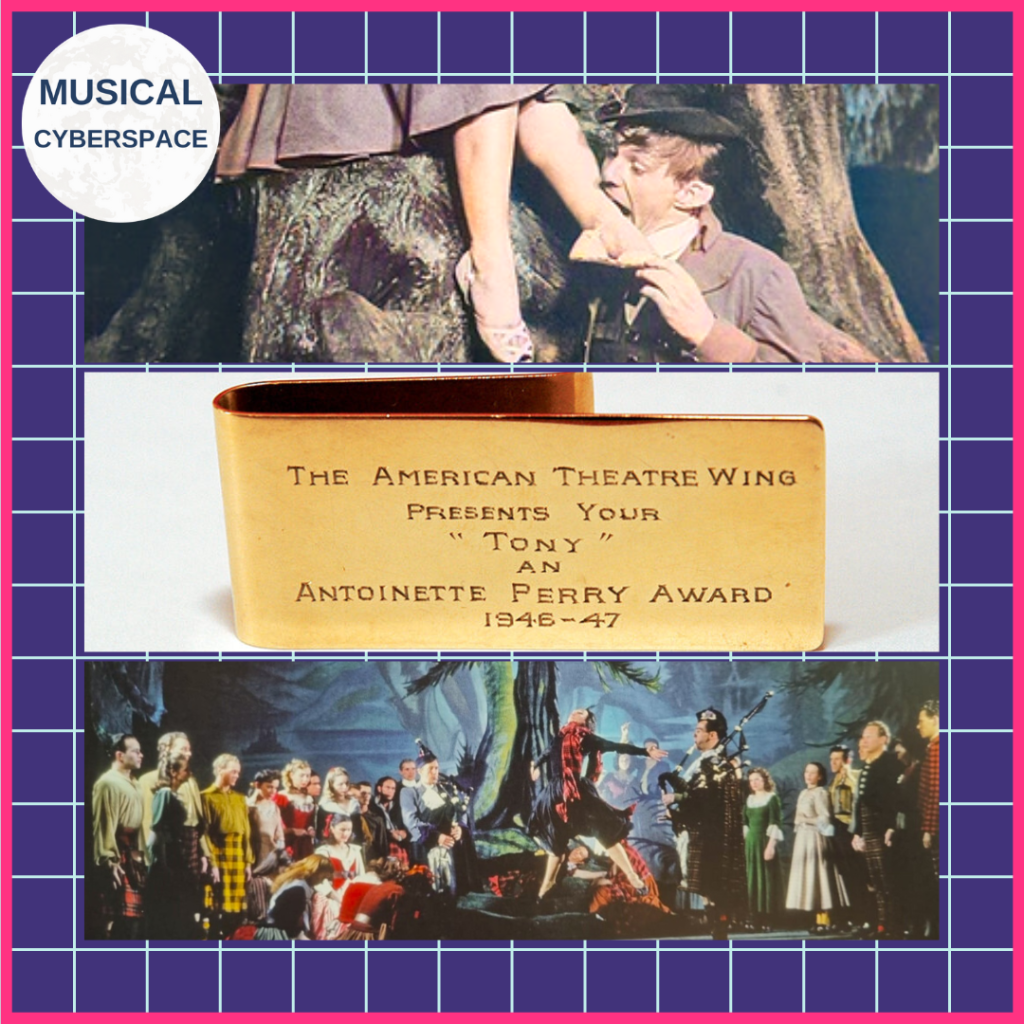

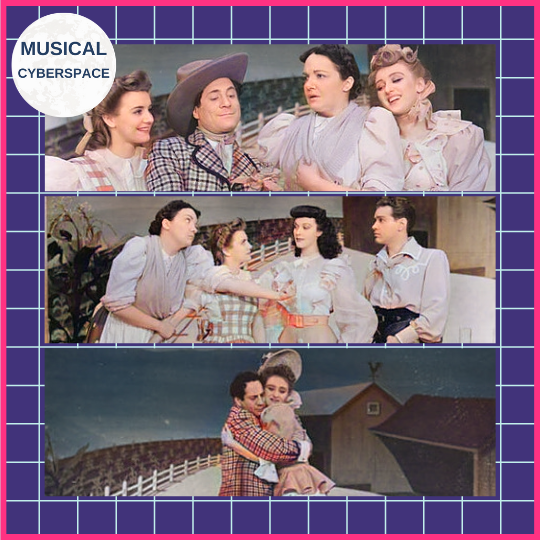
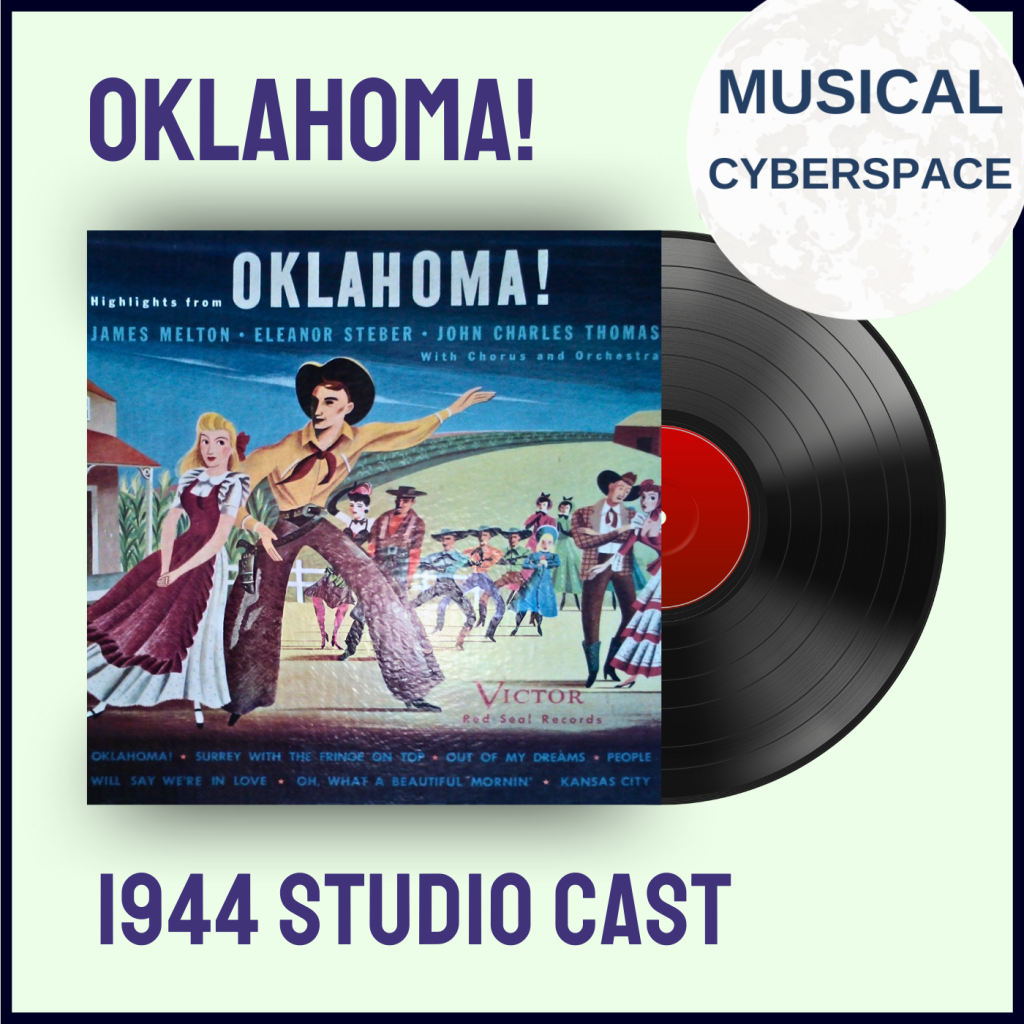




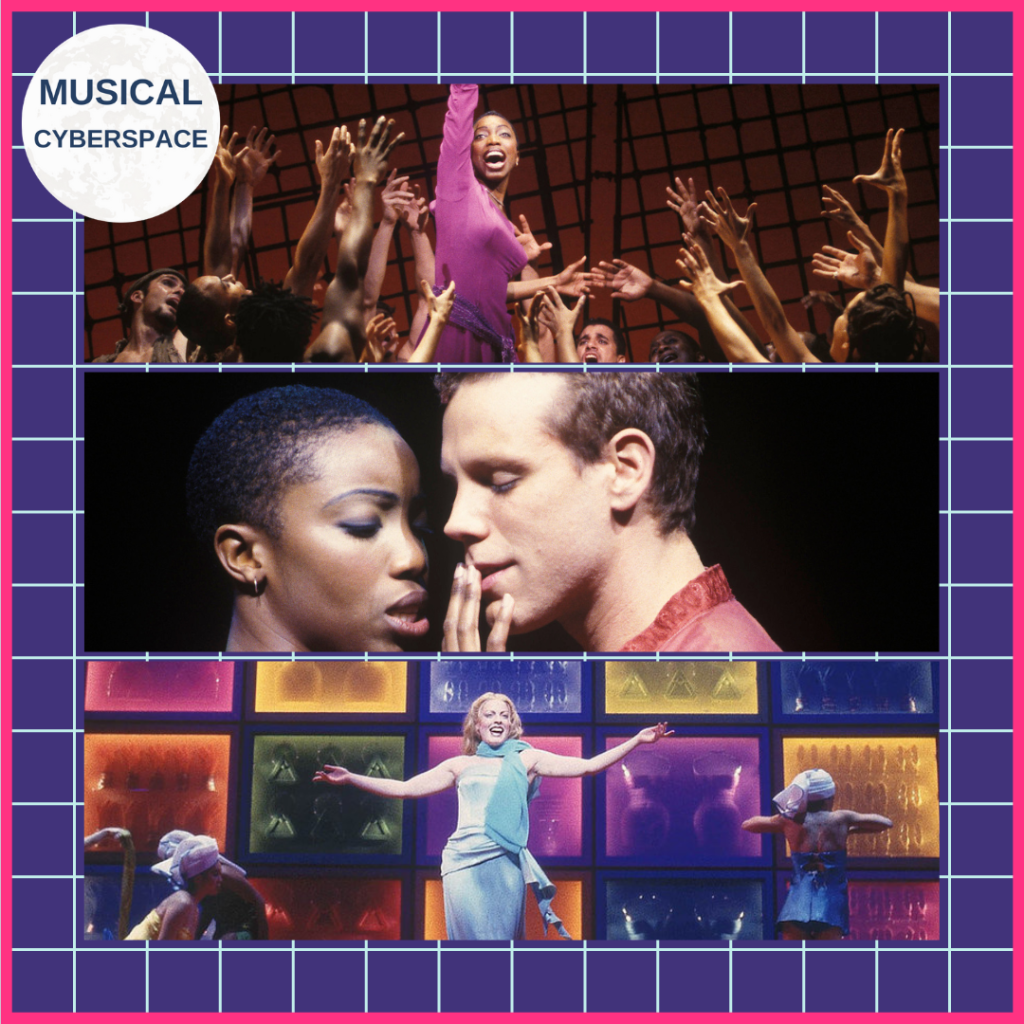



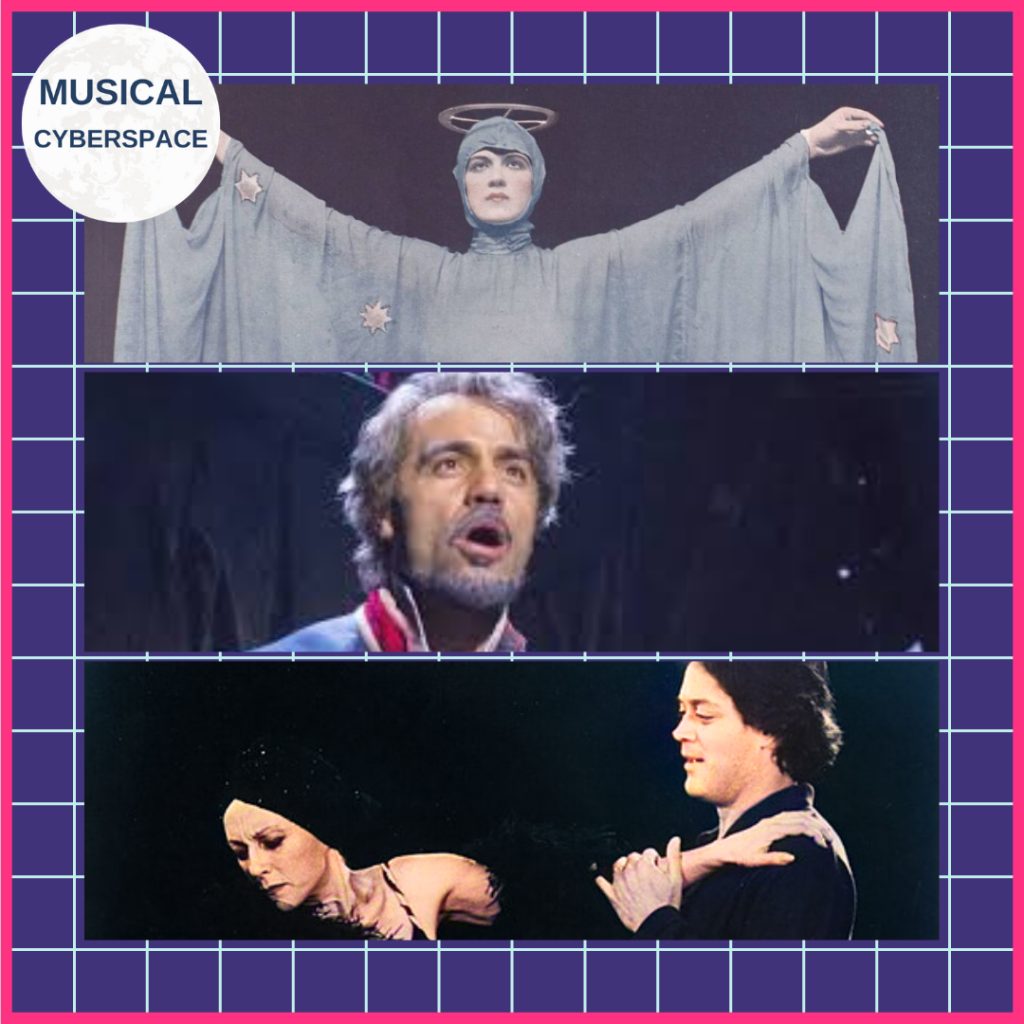
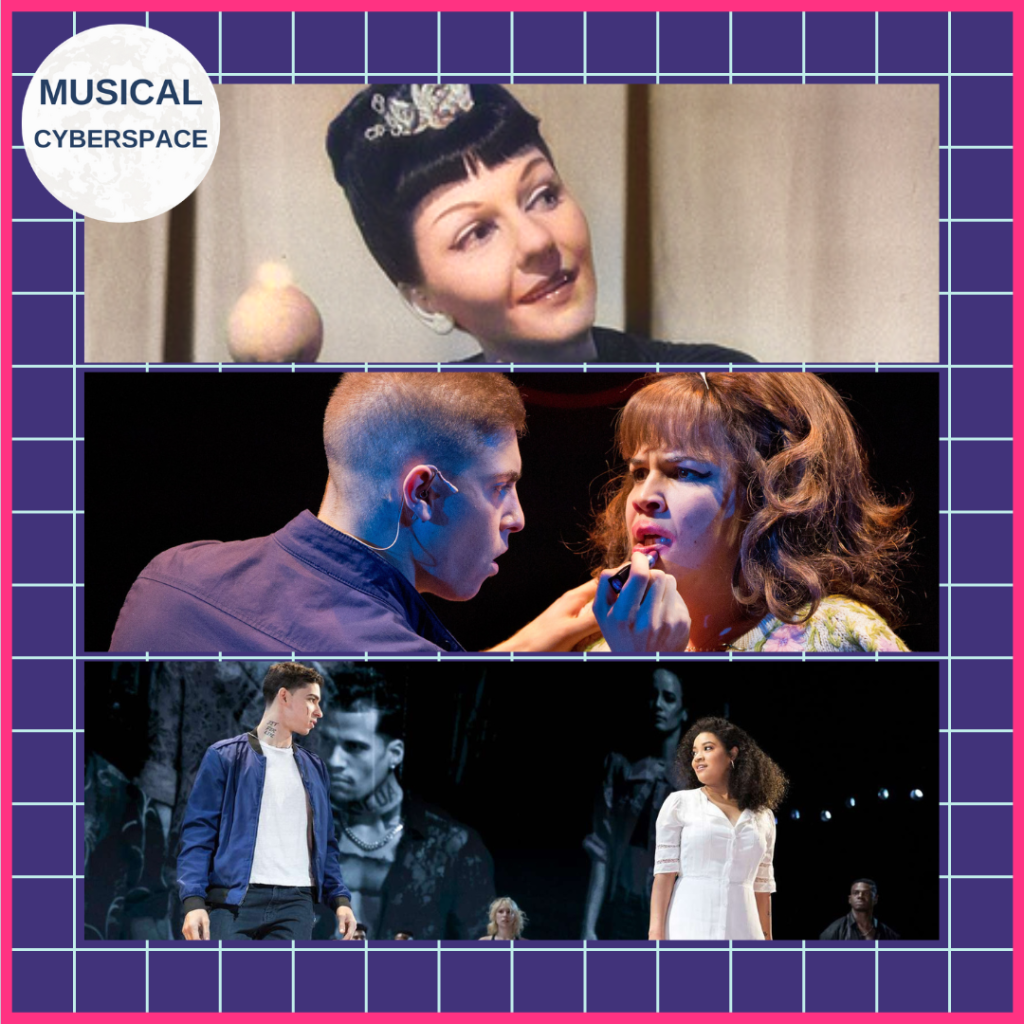
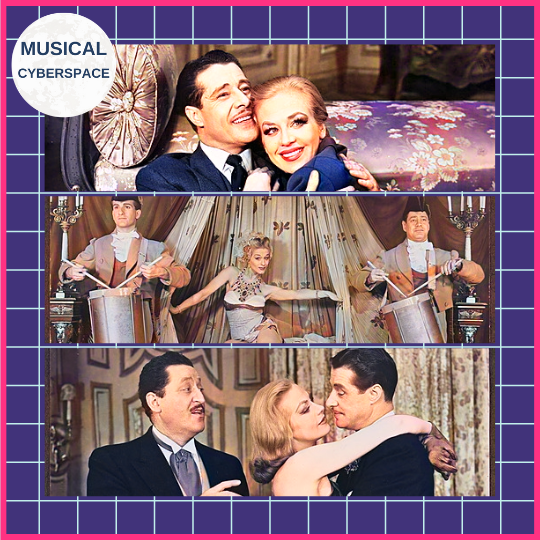

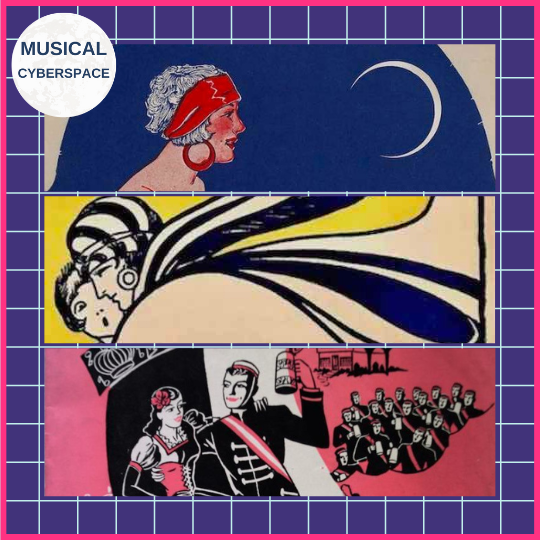


The Saturday List: My Junk is SPRING AWAKENING
Get ready to journey back to the groundbreaking world of Spring Awakening, a modern musical where the show tunes are as haunting as the themes are daring! Since its debut, this Tony Award-winning musical has captivated audiences with its raw portrayal of adolescent angst, sexuality and rebellion against societal norms. But beyond the powerful storytelling and unforgettable songs lies a series of creative moments that have left an indelible mark on the landscape of musical theatre. Bold artistic choices and innovative staging ideas enabled Spring Awakening to move beyond the boundaries of the genre in ways that continue to resonate with audiences today. In today’s Saturday List, we revisit just five of the most creative ideas that helped to solidify this show’s place in musical theatre history.
1. Origin Story, or “[Frank Wedekind] who Bore Me“
The play upon which the musical adaptation of Spring Awakening is based was completed by Frank Wedekind in 1891. Frühlings Erwachen was not, however, performed until 1906, when Max Reinhardt staged it at the Deutsches Theatre in Berlin. Set against the backdrop of the sexually oppressive nineteenth century, the play follows a group of teenagers – primarily Melchior Gabor, Wendla Gabor and Moritz Stiefel – whose journey through puberty leads them to experiences of sexuality, physical and sexual abuse, suicide, pregnancy and abortion. The first English performance of the play was in 1917, at which time New York City’s Commissioner of Licenses through its edgy content and approach pushed the boundaries too far. Everyone headed to court, where an injunction allowed the production to be staged. While the play’s brilliance in its original German form was recognised by critics, the first English production was criticised for its poor translation. Since then, the play has been translated several times; my favourite version is the 1995 Royal Shakespeare Company-commissioned version by Ted Hughes. Almost three decades later, the Hughes translation is still a great introduction to the play for anyone who has no experience of it, or for fans of the musical who want to see just what inspired composer Duncan Sheik and librettist Steven Sater to put their own spin on the story.
2. Anticipating Expressionism, or “All That’s Known“
Frühlings Erwachen anticipated the Expressionist theatre movement that would reach the height of its popularity during World War I. I would never say that Spring Awakening is a work of Expressionism. What I would say, is that Wedekind’s foreshadowing of the movement in his work in general means that some of the movement’s conventions have their foundations in his practice. This makes a basic knowledge of Expressionism in the theatre useful to understand the play and its musical adaptation. Back in the day when the online musical theatre forums reigned supreme, the glory days of which were already in their decline when Spring Awakening made its musical theatre bow in 2006, the pearl-clutching generation of musical theatre superfans lamented what they perceived to be poorly developed characters, thematic ideas that went nowhere and emblematic characters that should have been fleshed out. I vividly remember one regular poster on the forums referring to the show as pop trash. They simply didn’t get it. Perhaps they were never going to get it. To them, Spring Awakening was innovation without substance; to those of us who loved the show, it was innovation that meant something. People who loved the show understood that musicals could be built in ways that challenged the Rodgers and Hammerstein II model, by drawing on an array of other theatrical influences, just as Stephen Sondheim had done in Company and Follies and theatre-makers of the next generation, like Sheik and Sater, were doing in Spring Awakening.
3. A Fever Dream, or “The Bitch of Living”
The musical adaptation of Spring Awakening is like a fever dream. While it is broadly linear chronologically, its episodic structure and the sometimes casual relationship between the scenes make it feel like a collage with Sater’s book carrying us from song to song. It’s the perfect structure for a play about a group of teenagers who are ‘tossing, turning without rest.’ One of the aspects of Expressionism that Wedekind prefigured was its distorted representation of reality to communicate inner feelings. Sheik and Sater picked up on these impulses: Spring Awakening is less about creating a conventional narrative journey than creating states of being. The songs are like rabbit holes that take us deep into each character’s personal Wonderland, landscapes full of beauty and horror. We learn about “The Song of Purple Summer” and “The Mirror-Blue Mind,” about “The Dark I Know Well” and “The Word of Your Body,” and every moment gives us insight into a particular character’s experience of a situation. In its avoidance of traditional character development over the show, Spring Awakening acknowledges that in life, experiences are fragmented in the context of a single life and of a community. The show proposes that we should see a story about people who are ‘broken inside’ in a broken way and in this way, delivers to us a key we can use to unlock our own souls.
4. Microphones and Stereos, or “My Junk”
One of the most controversial staging choices in the original production of Spring Awakening was the use of hand-held microphones, an anachronous prop in a nineteenth-century setting. The show’s most eager critics decried how random this appeared and chalked it up as an empty nod to pop culture and a shallow way of making the show’s issues feel relevant today. There’s just more to it than that. In Expressionist drama, the action is seen through the eyes of the characters and, therefore, seems distorted or even dreamlike. Wedekind’s use of this technique was another way he preempted the genre, evident in Spring Awakening through a narrative constructed from the collective perspectives of Melchoir, Wendla, Moritz and the gang. Combined with a bit of Freudian theory, we can then begin to understand the use of hand-held microphones as well as the mention of other contemporary objects in the show. Freud’s theory states that our psychological makeup includes the “id” (the fully unconscious part of our mind that contains the drives related to things like sex and aggression and other things repressed by consciousness), the “ego” (the mostly conscious part of our mind that allows us to deal with the world in which we exist), and the “superego” (the partly conscious part of our mind that informs our moral judgments). In Spring Awakening, we see certain songs delving into the characters’ respective ids. These moments are highlighted through the appearance of hand-held microphones and the mention of other contemporary objects. It’s not just about making the issues of “then” seem relevant “now.” There is a central and binding metaphor at work here, in which the teenagers view themselves (in their “id”) as rock stars: free and able to perform with agency. The whole point is that the microphones are incongruent with the reality of the historical period. We are caught in the middle of a fantastical imagining of a world that never was and never can be, that this group of teenagers will never fully attain.
4. Left to Their Own Devices, or “The Guilty Ones”
Teen stories, whether their creators tell them in writing, on film or television or on stage, rely on one central conceit: the adults are notably absent or superficially drawn so that the teens may be left to their own devices. Spring Awakening takes this one step further, with Wedekind in the original play (once again moulding ideas that would feature in Expressionism) and Sheik and Sater in the musical using this technique to couch their critical view of controlling societal structures like the family, education and the church. The adult characters in Spring Awakening are purposeful caricatures, subjectively seen through the eyes of the teenagers and as such, are uniformly punitive, heatless or clueless. It’s a masterstroke to have them all played by the same two actors in the musical and adds to the “us and them” opposition that informs the play’s action: “we, the teenagers are individuals; they, the adults, are all the same”.
Closing Thoughts
It’s time to whisper our way out of our all-too-brief behind-the-scenes exploration of Spring Awakening, a show that has carved out a unique place in the annals of musical theatre history. It’s clear that this musical is a force to be reckoned with as it continues to challenge and inspire audiences with its raw honesty and unapologetic creativity almost two decades after its first performances!